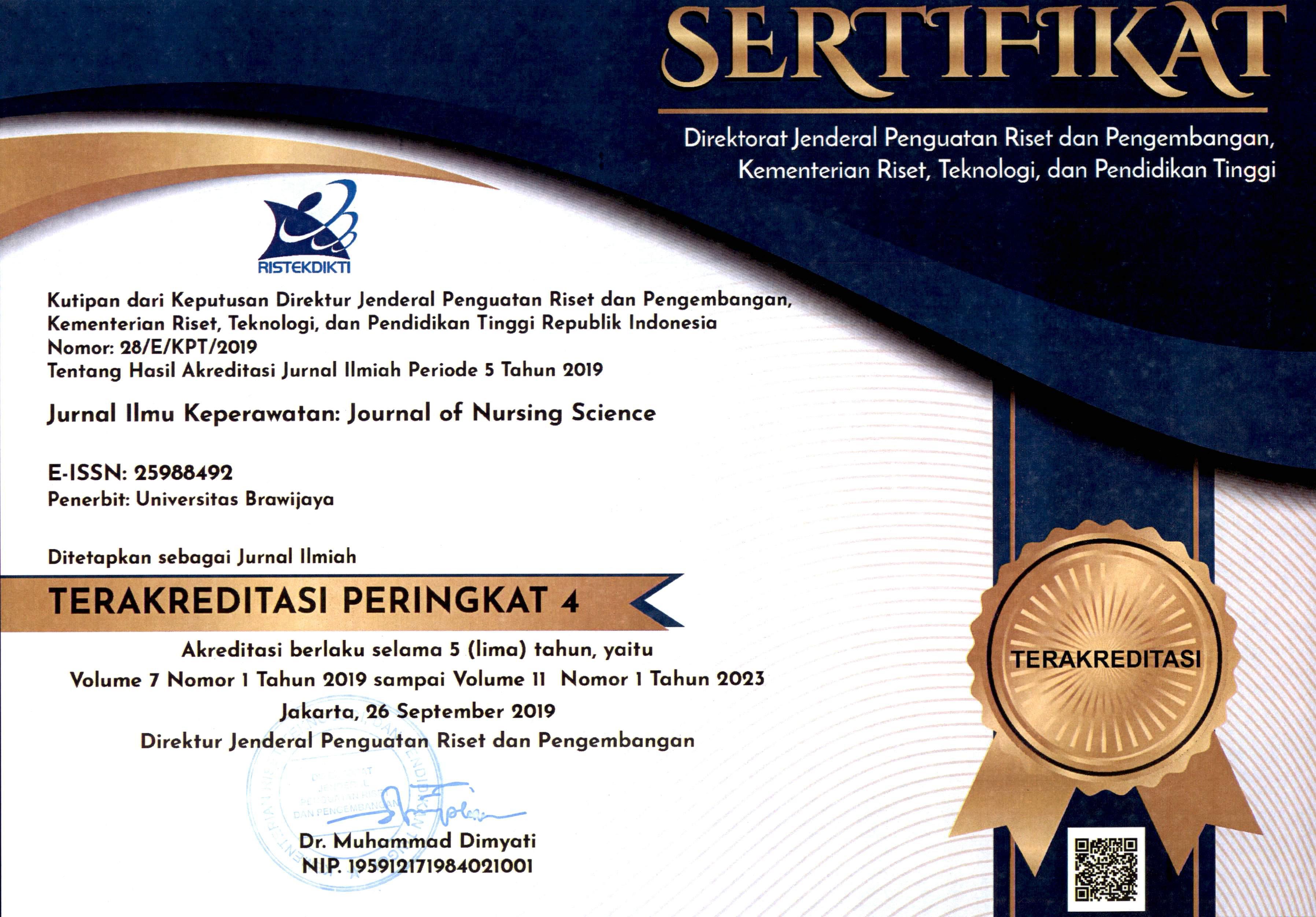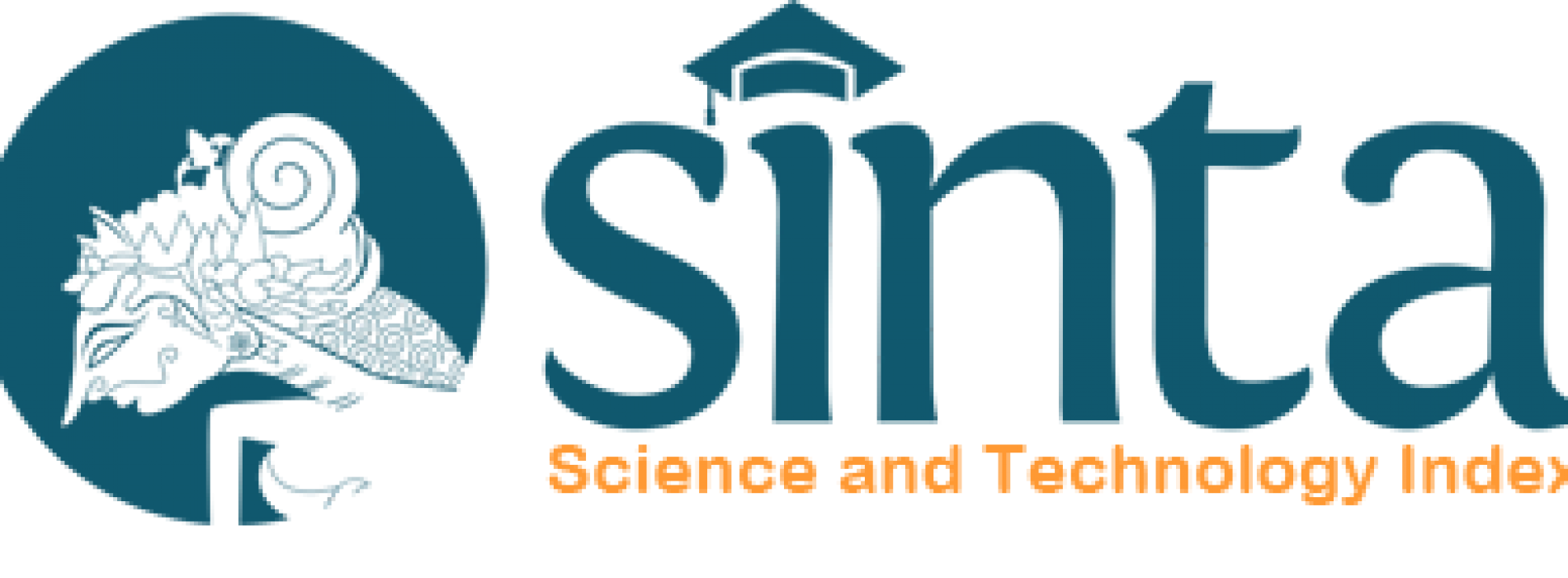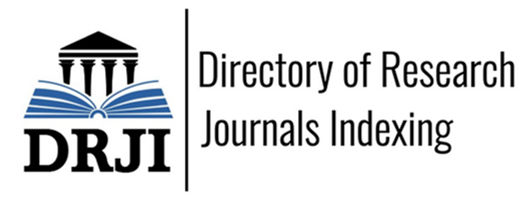THE RELATIONSHIP BETWEEN POST PARTUM DEPRESSION WITH MOTHER-BABY EMOTIONAL BONDING, BREASTFEEDING ABILITY, MARRIAGE SITUATION RELATIONSHIP IN PUSKESMAS MALANG REGION
DOI:
https://doi.org/10.21776/ub.jik.2017.005.02.8Keywords:
Postpartum depression, breastfeeding self-efficacy, marriage partnership, mother-infant bondingAbstract
A woman's transition into motherhood brings about physical and psychological changes. The changes require adjustments to her daily roles and activities. If the postpartum mother is not able to adapt well, then there will be a mood disorder. Depression is a part of mood disorder. The impact of postpartum depression will disrupt the mother-infant bonding, breastfeeding self-efficacy and the changing of marriage partnership. The purpose of this research was to analyze the impacts most affected by the incidence of postpartum depression in the working area of public health Malang City. The research used descriptive correlational method with cross sectional, with purposive sampling of 70 respondents in the period April 26th, 2017 - May 30th, 2017. The results are 93% of post-partum mothers experience moderate depression affecting low breast-feeding ability 54.3%, poor marital relationship situation 52.9% and moderate emotional bonding disturbances 47.1%. The result of bivariate analysis is known to the effect of postpartum depression, namely breastfeeding ability (p value = 0,011), marital relationship situation (p value = 0.014), emotional bond (p value = 0,021). The results of logistic regression test showed that the impact most influenced by postpartum depression was the ability of breastfeeding (p value = 0,011; ExpB 6,394). Postpartum mothers can predict the incidence of depression by looking at three aspects directly including the breastfeeding self-efficacy, marriage partnership and mother-infant bonding. Of the three aspects of the most influential is the breastfeeding self-efficacy. In the next research should be done at a wider population level in order to be able to cover the area of Malang generally.
References
- BKKBN. (2016). Keluarga berencana. bkkbn.go.id/arsip.
- Bussel, Johan C. H. van, Spitz, Bernard. ,& Demyttenaere, Koen (2010). Three self-report questionnaires of the early mother-to-infant bond: reliability and validity of the Dutch version of the MPAS, PBQ and MIBS. Arch Womens Mental Health, 13(1st), 373-384. doi: DOI10.1007/s00737-009-0140-z
- Cameronm Emily E, Sedov, Ivan D, Lianne, & Madsen, Tomfohr. (2016). Prevalence of paternal depression in pregnancy and the postpartum: An updated meta-analysis. Journal of Affective Disorders 206 (1st), 189–203. doi: http://dx.doi.org/10.1016/j.jad.2016.07.044
- Corrêa, Couto, Castro, Santos, Silva, Romano, & Santos. (2016). Postpartum depression symptoms among Amazonian and Northeast Brazilian women Journal of Affective Disorders, 204(1st), 214-218. doi: http://dx.doi.org/10.1016/j.jad.2016.06.026
- Cryan. (2011). Depression among postnatal women in an urban Irish community. Irish Journal of Psychological Medicine, 18(1st), 5-10.
- Epifanio, Maria Stella, Genna, Vitalba, Luca, Caterina De, Roccella, Michele, & Grutta, Sabina La (2015). Paternal and maternal transition to parenthood: the risk of postpartum depression and parenting stress. Pediatric Reports, 7(5872). doi: doi:10.4081/pr.2015.5872
- Figueiredo, Bárbara, Dias, Cláudia C., Brandão, Sónia, Canário, Catarina, & Costa, Rui Nunes-. (2013). Breastfeeding and postpartum depression: state of the art review_. Pediatria Journal, 89(1st), 332-338.
- Funk, J. L., & Rogge, R. D. . (2007). Testing the ruler with item response theory: Increasing precision of measurement for relationship satisfaction with the Couples Satisfaction Index. . Journal of Family Psychology, 21(1st), 572-583.
- Kaitz, Marsha, Maytal, Hilla Rubin, Devor, Noa, Bergman, Liat, & Mankuta, David. . (2010). Maternal anxiety, mother–infant interactions, and infants’ response to challenge. Infant Behavior & Development, 33(1st), 136-148. doi: doi:10.1016/j.infbeh.2009.12.03
- Keliat, B.A. (2012). Model Praktik Keperawatan Profesional Jiwa. Jakarta: EGC
- Kim, Pilyoung , & Swain, James. . (2014). Paternal Postpartum Depression. Psychiatry 1(1st), 1-12. doi: https://barendspsychology.com/wp-content/uploads/2014/11/paternal-pospartum-depression.pdf
- Kinsey, Cara Bicking, Roberts, Kesha Baptiste, Zhu, Junjia, & Kjerulff, Kristen H. . (2014). Birth-related, psychosocial, and emotional correlates of positive maternal–infant bonding in a cohort of first-time mothers Midwifery, 30(1st), 188-194. doi: http://dx.doi.org/10.1016/j.midw.2014.02.006
- Mawson, Anthony R. , & Wang, Xueyuan. . (2013). Breastfeeding, retinoids, and postpartum depression: A new theory. Journal of Affective Disorders, 150(1st), 1129-1135. doi: http://dx.doi.org/10.1016/j.jad.2013.05.038
- Palumbo, Mirabella, & Gigantesco. (2016). Positive screening and risk factors for postpartum depression. European Psychiatry, 1(1st), 1-9. doi: http://dx.doi.org/10.1016/j.eurpsy.2016.11.009
- Pender, Nola J. (2011). Health promotion model manual. deepblue.lib.umich.edu, 11(6th), 1-17. doi: http://hdl.handle.net/2027.42/85350
- Perry. (2002). Bonding attachment in maltreated children: consequences of emotional neglect in childhood: Canada.
- Reid, Keshia M. , & Taylor, Miles G. . (2015). Social support, stress, and maternal postpartum depression: A comparison of supportive relationships. Social Science Research 54(1st), 246-262. doi: http://dx.doi.org/10.1016/j.ssresearch.2015.08.009
- Roomruangwong, Chutima, Withayavanitchai, Sinaporn, & Maes, Michael (2016). Antenatal and postnatal risk factors of postpartum depression symptoms in Thai women: A case-control study. Sexual & Reproductive Healthcare, 1(1st), 1-7. doi: http://dx.doi.org/10.1016/j.srhc.2016.03.001
- Scarzello Donatella, Prino, Laura Elvira, & Arace, Angelica. (2016). Parental practices of Italian mothers and fathers during early infancy: The role of knowledge about parenting and child development. Infant behavior and development. doi: 10.1016/j.infbeh.2016.06.006
- Selix, Nancy W. , & Goyal, Deepika (2015). Postpartum Depression Among Working Women: A Call for Practice and Policy Change. The Journal for Nurse Practitioners, 11(9th), 897-902. doi: http://dx.doi.org/10.1016/j.nurpra.2015.07.003
- Taylor. (2016). World Breastfeeding Week 2016: The Academy of Breastfeeding Medicine's Important Role in Sustainable Development. Breastfeeding Medicine, 11(6th), 328-329.
- Watkins, Stephanie, Brody, Samantha Meltzer, Zolnoun, Denniz, & Stuebe, Alison (2011). Early Breastfeeding Experiences and Postpartum Depression. International Journal of obstetrics & gynecology, 118(2nd), 214-221. doi: DOI: 10.1097/AOG.0b013e3182260a2d
- Yodatama, Dian Charla , Hardiani, Ratna Sari , & Sulistyorini, Lantin (2015). Hubungan Bonding Attachment dengan Resiko Terjadinya Postpartum Blues pada Ibu Postpartum dengan Sectio Caesaria di Rumah Sakit Ibu dan Anak (RSIA) Srikandi IBI Kabupaten Jember. e-Jurnal Pustaka Kesehatan, 3(2nd), 327-333.
- Zubaran, Carlos, & Foresti, Katia (2013). The correlation between breastfeeding self-efficacy and maternal postpartum depression in southern Brazil. Sexual & Reproductive Healthcare, 4(1st), 9-15. doi: http://dx.doi.org/10.1016/j.srhc.2012.12.001
Downloads
Published
How to Cite
License
Authors published in this journal agree to the following terms:
1. The copyright of the received article shall be assigned to the journal as the publisher of the journal. The intended copyright includes the right to publish the article in various forms (including reprints). The journal maintains the publishing rights to the published articles.
2. Authors may enter into separate additional contractual agreements for the non-exclusive distribution of the published journal version of the work (for example, posting it to an institutional repository or publishing it in a book), with acknowledgment of their initial publication in this journal.
3. Authors are permitted and encouraged to post their work online (e.g. in an Institutional Repository or on their website) before and during the submission process, as this can result in a productive exchange, as well as earlier and larger citations of the published work.
4. Articles and all related material published are distributed under Creative Commons Attribution-NonCommercial 4.0 International License or CC BY-NC 4.0 license.
JNSU is licensed under a Creative Commons Attribution-NonCommercial 4.0 International License or CC BY-NC 4.0 license.
Most read articles by the same author(s)
- Farida Maemunah Martiningsih, Retty Ratnawati, Asti Melani Astari, DIFFERENCES EFFECT OF PROGRESSIVE MUSCLE RELAXATION THERAPY AND SUPPORTIVE THERAPY ON PARENTS ANXIETY WITH CHILDREN HOSPITALIZATION AT RSUD.DR.R.SOEDJONO SELONG EAST LOMBOK , Journal of Nursing Science Update (JNSU): Vol. 6 No. 1 (2018)
- Reni Nurhidayah, Sri Poeranto, Asti Melani Astari, EFFECT OF SELF EFFICACY, POSITIVE BELIEF AND SOCIAL SUPPORT ON ROLE ADAPTATION OF POST PARTUM MOTHER WITH POST-TRAUMA STRESS DISORDER (PTSD) IN KEDIRI DISTRICT , Journal of Nursing Science Update (JNSU): Vol. 5 No. 2 (2017)
- Asti Melani Astari, Nurul Evi, Muladefi Choiriyah, Puji Ariyani, Anif Lailatul Fitriy, Analysis of Differences in Individual Characteristics, Lifestyle, Nutritional Status and Dieting Patterns in Pregnant Women with Preeclampsian History , Journal of Nursing Science Update (JNSU): Vol. 9 No. 1 (2021)
- Ayut Merdikawati, Eka Nurjannah, Asti Melani Astari, Muladefi Choiriyah, Factors Affecting Antenatal Care Visit Obedience during the Covid-19 Pandemic in Konawe District, Southeast Sulawesi , Journal of Nursing Science Update (JNSU): Vol. 10 No. 1 (2022): May





























